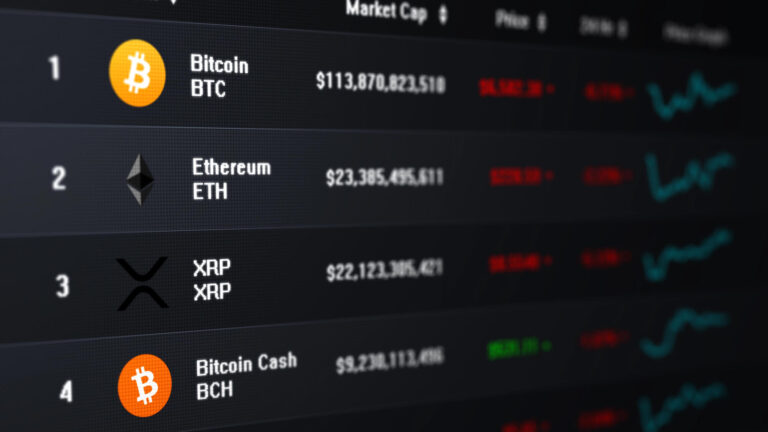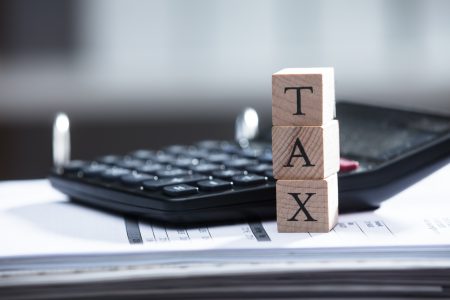Market capitalization (market cap) is a key metric that measures the total value of an asset, such as a cryptocurrency, by multiplying its current price by the circulating supply of its tokens or shares.
Market cap provides insight into the size, stability, and overall market value of a project. A high Market cap typically indicates an established project with lower volatility, while projects with smaller Market caps are considered riskier but may have higher growth potential.
How Market cap is calculated and used:
The formula for Market cap is simple: Market cap = Current price × circulating supply. For example, if a cryptocurrency is priced at $100 and has 10 million tokens in circulation, the Market cap would be $1 billion. Market cap helps classify assets into different categories:
- Large-cap: Generally over $10 billion, indicating stability and lower risk.
- Mid-cap: Between $1 billion and $10 billion, representing growth potential with moderate risk.
- Small-cap: Below $1 billion, indicating high volatility but potentially high returns.
Investors often use Market cap to compare the size and potential of different cryptocurrencies, as it offers a clearer perspective than just the price per token.
Why market cap matters:
Many investors mistakenly believe that a low-priced token has more potential for growth, overlooking the importance of Market cap. A token with a high circulating supply and low price can still have a massive Market cap, making further price increases difficult. Conversely, a cryptocurrency with a smaller supply and moderate price may have a lower Market Cap, offering more room for growth. Understanding Market cap helps investors assess risk, evaluate the potential for returns, and avoid common misconceptions like unit bias.









